![Dykstra, Jordan: A Known Unknown [CDr w/ Score Booklet] <i>[Used Item]</i> (Editions Verde) Dykstra, Jordan: A Known Unknown [CDr w/ Score Booklet] <i>[Used Item]</i> (Editions Verde)](https://www.teuthida.com/productImages/misc4/33619.jpg)
A fascinating conceptual work on CD and printed score that attempts to sonically represent celestial events through guided improvisations, providing the performers an abstract of the main musical ideas and options on how to execute them, exploring microtonal sounds, harmonic interactions and sound as moments within physical boundaries, here in a studio realization in Zurich.
In Stock
Quantity in Basket: None
Log In to use our Wish List
Shipping Weight: 4.00 units
EU & UK Customers:
Discogs.com can handle your VAT payments
So please order through Discogs
Sample The Album:
Jordan Dykstra-composer
Teodora Stepancic-concert grand piano, electronics, objects
Assaf Gidron-electronics, objects
Martin Lorenz-percussion, objects
Marcel Zaes-field recordings
Click an artist name above to see in-stock items for that artist.
UPC: 755491103128
Label: Editions Verde
Catalog ID: EV007
Squidco Product Code: 33998
Format: CDr + Booklet
Condition: VG
Released: 2018
Country: USA
Packaging: CDr w/ booklet
Recorded in Zurich, Switzerland, on August 18th, 2016, by Willy Strehler.
This is a USED (previously owned) item
"A Known Unknown attempts to sonically represent celestial events, thus treating all sounds as moments within physical boundaries. Because the subject matter which the sounds represent is always moving, no sound should ever be perceived as stagnated, or accented, and thus inevitably overlapping in a fluid manner. These parameters will result in sounds that react, morph, die, and birth new events. In homage to Alvin Lucier's work Still and Moving Lines of Silence in Families of Hyperbolas, the "Known" sections in A Known Unknown deal mainly with periodic microtonal fluctuations highlighted in an harmonically stable and unchanging space. The microtonal fluctuations are executed through extremely slow sine tone glissandi, highlighting the minuscule cent deviations of the plucked piano strings and stuck crotale, and a slow ascending chromatic scale plucked on the piano or crotale against a "unison" gliss. The stable and sustained element in the "Known" sections is executed through a variety of arrangements including bowing crotales, an Ebow on the piano, and a sustained sine tone. Because the "Known" sections are through-composed without field recording or any "noise", the silent backdrop amplifies the small sonic events providing a space for things like harmonic interaction (beating tones) and a larger perception of the microtonal landscape.
Although the recording has been edited, the score calls for the duration of A Known Unknown to be exactly 60 minutes, with a scored 1 minute of silence before and after the piece. The 5 sections, each of which are divided into the 2 "Unknown" and "Known" sub-sections, fluctuate with time and increase/decrease over the entire piece: Section 1: 4'/8', Section 2: 5'/7', Section 3: 6'/6', Section 4: 7'/5', Section 5: 8'/4'. The sub-sections maintain a consistent starting point and trajectory with the "Known" sections (1b, 2b, 3b, 4b, 5b) portraying microtonal "interactions with space-time" while the "Unknown" sections (1a, 2a, 3a, 4a, 5a) portray sonified representations of celestial event interactions. The form was chosen to balance and guide the listener's ear through a long duration while still giving the sense of return to a concept or sound texture.
The noise elements are highlighted with the field recording that is added to the "Unknown" sections of the recording (and granular synthesis that is added to the live performance). In addition, noise is suggested seven times as a musical realization of the interaction between the celestial events Nebula, Pulsar, Quasar, Stellar Nursery, Constellation, Impact Event, and Planet.
One of the ways A Known Unknown directs the performers to the idea of play is through the "Unknown" sections of the piece (1a, 2a, 3a, 4a, 5a). In these sections, the players are asked to sonically represent celestial events through a guided improvisation of suggested actions and conceptual embodiments. The 10 celestial events given in the score as options for sonification are: Gravity, Moon, Planet, Star, Stellar Nursery, Pulsar, Quasar, Constellation, Nebula, and Impact Event. For each event the score provides a formal definition, an abstract of the main musical idea, and 3 or more suggestions of how to execute the musical idea and also guide the player in forming the main conceptual idea if they wish to try "something else entirely..." which is always given as an option. For example, let's look at the celestial event entitled "Stellar Nursery," in which players are also encouraged to play non-traditional instruments (i.e. Musician 2 plays percussion sounds such as stones, buckets, bowls, water, grains, plastic bags, superballs, etc.) as well as to play their instruments in a non-traditional manner.
Largely dealing with celestial events, A Known Unknown is the most directly astronomy-themed piece I have composed thus far and is inspired largely by the 2016 - 2018 news events and images of the NASA/ESA Philae lander from Rosetta mission landing on the 67P/Churyumov-Gerasimenko comet. In addition, visual imagery of the mission is included during a live performance situation: "A video projector showing slowed images of space (e.g. Philae lander, Rosetta spacecraft, 67P/Churyumov-Gerasimenko comet, etc.)" are to be projected.
Other than the more up-front indeterminate elements of the guided improvisation, there are 2 more elements of indeterminacy depending upon if the event is a live performance or recording situation. If a studio recording is being made, Musician 3 is directed to capture a 60' field recording during the exact time of the recording session which is then mixed into the "Unknown" sections during post-production. In a live performance situation, Musician 3 is directed to add granular synthesis "in real-time via a live-miking of the room and/or specific instruments and objects."
The performer-composer relationship is arranged in that performers have a great deal of open/guided instruction for improvisation, highlighted with the option "or something else entirely..." at the end of each celestial event suggestion. I have also allowed the instrumentation for Musician 2 (percussion) to be varied or added to by the performer and their tastes.-Editions Verde"
Artist Biographies
• Show Bio for Jordan Dykstra "Jordan Dykstra (b. 1985, Sioux City, Iowa) is a Brooklyn-based violist and composer exploring the performer-composer-listener relationship through the incorporation of conceptual, graphic, and text-based elements. In 2007 he moved to Portland, OR and became involved in the experimental music scene in the Pacific NW. Aside from performing and recording with individuals and bands - including Dirty Projectors, A Winged Victory for the Sullen with Hildur Guðnadóttir, Atlas Sound, and Valet - he worked at Marriage Records and Publishing House. In 2014 he received a Career Opportunity Grant from the Oregon Arts Commission to apprentice with Daníel Bjarnason, composer and conductor of the Icelandic Symphony Orchestra, in Reykjavík, Iceland. He received his BFA in 2016 under Michael Pisaro, Ulrich Krieger, and Wolfgang von Schweinitz at the California Institute of the Arts in Los Angeles. In 2018 he received his MA in Experimental Composition from Wesleyan University in Connecticut where - under the mentorship of Alvin Lucier and astrophysicist Seth Redfield - his thesis explored connections between microtonality and the cosmic distance ladder. In 2019 he received a Cultural Grant from the Netherlands-America Foundation to compose "The Arrow of Time" and premiere the work with Reinier van Houdt in Amsterdam. In 2020 The Arrow of Time was listed as one of the best Modern Composition albums by The Wire and included in The Best Contemporary Classical Albums of 2020 by Bandcamp. As a media composer he has numerous credits including the films Blow the Man Down, Hail Satan?, It Comes At Night, and the 2019 Emmy winner for Outstanding Investigative Documentary Documenting Hate. His compositions for film have been heard at Cannes, Sundance, TriBeCa, TIFF, and the IFFR. His performance highlights include MOCA (CA), Harpa (Iceland), Musikfestval Bern (Switzerland), Ftarri (Tokyo), CHAFF (Brussels), Echo Bücher (Berlin), Syros Institute (Greece), Yale Union (OR), Big Ears Festival (TN), and the RISD Museum (RI). Recordings of his music (solo and collaborative) have been issued by New World Records, Domino, Milan, Marriage, Mexican Summer, K, Gilgongo, and Dykstra's own cottage industry label Editions Verde." ^ Hide Bio for Jordan Dykstra • Show Bio for Teodora Stepancic "Teodora Stepancic, born in Belgrade Serbia. She studied piano and composition at the University of Arts in Belgrade and the Royal Conservatory in The Hague. Among her teachers are: Gilius van Bergeijk, Yannis Kyriakides, Martijn Padding, Louis Andriessen, Vlastimir Trajkovic, Dejan Stosic, Aleksandar Sandorov, Ljiljana Vukelja, Milica Vasiljevic. She participated masterclasses for piano, composition, improvisation and electronic music, working with Paul Goulda, Eric Lesage, Kemal Gekic, Messiah Maiguashka, Peter Michael Hamel, Alvin Currin, Richard Ayres, Caliope Tsoupakis, David Toop, Kim Cascone, Ray Lee, Manos Tsangaris, William Forman. Teodora Stepancic is active as composer, pianist, performer and improviser and collaborated with ASKO Ensemble, Orkest de ereprijes, Holland Symfonia, Netherlandse Blazers Ensemble, PreArt Soloists (Switzerland) etc. She is member and co-founder of may ensembles: ensemble Modelo62 (Holland), D€N HAAG A££$TAR$ €NS€MBL€ SZ group with Miguelangel Clerc and Grzegorz Marciniak und die Serbian Sound Youth mit Maja Lekovic und Svetlana Maras. Teodora Stepancic has given converts in Holland, Serbia, Switzerland, Israel, Lithuania, UK, Bosnia and Hercegovina, Macedonia, Albania etc., on the festivals such as Gaudeamus Music Week, Dag in de branding, November music, Noordelijk film festival, BBC Proms (London), Process (Vilnius), Internetional review of composers, KOMA (Belgrade)." ^ Hide Bio for Teodora Stepancic • Show Bio for Assaf Gidron "Assaf Gidron is a composer, musician and sound designer. Based in Brooklyn, Assaf studied composition and computer music at Goldsmiths College, London and at The Royal Conservatory, The Hague. Assaf's music has been performed in The US, The Netherlands, UK, Germany, Argentina, Serbia and Israel by ensembles and collaborators such as the SEM ensemble, Asko Schoenberg ensemble, Slagwerk Den Haag, Ligeti Academy, Modelo 62, Ensemble Musica Nova, Teodora Stepancic, Erik Carlson, Dante Boon and others. He is a member of the Brooklyn based group LCollective and runs the group's Bandcamp label Love Records. Together with Craig Shepard he was co-organizer of the Music for Contemplation concert series from 2015 to 2017, and is a regular contributor to the Piano+ concert series in Brooklyn. Assaf is active as performer and improviser, playing cello, guitar and electronics. Assaf works as sound designer and audio production manager for a wide variety of projects and clients, from film and television productions, podcasts and online to art house cinema and video art, including a long-lasting collaboration with Berlin/L.A based film production outfit Spektakulativ Pictures." ^ Hide Bio for Assaf Gidron • Show Bio for Martin Lorenz "Martin Lorenz grew up in Zurich, Switzerland. He studied percussion at the Conservatories of Zurich and Amsterdam and at the Conservatoire National de Région Rueil-Malmaison near Paris, his teachers being Horst Hofmann, Jan Pustjens, Marinus Komst, Peter Prommel, Gaston Sylvestre and François Bedel. His interest in music theatre led him to take part in master classes with Jean-Pierre Drouet und Georges Aperghis. Since 1999, Martin Lorenz has worked as a freelance percussionist on the contemporary and experimental music scene and has realized solo and chamber music projects with assorted partners: with Sebastian Berweck, with Conrad Steinmann, with Simone Keller, with Teodora Stepancic and others. These partnerships have resulted in collaborative projects with composers such as Annesley Black, Antoine Chessex, Luc Döbereiner, Hugues Dufourt, Edu Haubensak, Virgil Moorefield, Bernhard Lang, Daniel Weissberg and Alfred Zimmerlin, whose works Martin Lorenz has premiered. Between 2002 and 2015 Martin Lorenz was a member of the ensemble Collegium Novum Zurich. This collaboration is documented in many recordings, in particular the concert for percussion "Wer, wenn ich schriee, hörte mich..." by Georg Friedrich Haas, conducted by Enno Poppe. Martin Lorenz began to use electronics to complement his arsenal of percussion instruments, and thus expanded his spectrum of expressive forms towards installation work and music on the fringes of alternative club culture. To release these works Lorenz founded his own label Dumpf Edition. This versatile approach is also characteristic of his work as a composer; his oeuvre includes solo and ensemble pieces, written for collaboratibe ensembles such as Ensemble werktag Zurich or Ensemble für Neue Musick Zurich. He worked together with the theatre director Johannes Müller for Sophiensaele, Berlin and the collective Schauplatz International for HAU1, Berlin. For his work as a composer Martin Lorenz was awarded with the Werkbeitrag des Aargauer Kuratoriums 2010 and the Werkjahr für Komposition der Stadt Zürich 2016. 2014 Tobias von Glenck and Martin Lorenz founded Trabant Echo Orchestra, a chambermusic ensemble which puts contemporary music in the historical context of the american avantgarde music of the 70ies and 80ies: open musical forms, crossover concepts and minimalism in the tradition of Julius Eastman, Terry Riley, Arthur Russell." ^ Hide Bio for Martin Lorenz • Show Bio for Marcel Zaes "Marcel Zaes (*Bern, Switzerland) is an artist and researcher in digital sound, technology, and composition. He holds an M.A. in Music & Media Arts from Bern University of the Arts, an M.A. in Music Composition from Zurich University of the Arts and has additionally completed composition studies with Alvin Curran in Rome and with Peter Ablinger in Berlin. In 2021, he received his Ph.D. from Brown University and in early 2022 he is starting the position of Assistant Professor of Media Arts and Technology at SUSTech School of Design in Shenzhen, China. Marcel explores rhythm in an interdisciplinary framework that encompasses its socio-cultural backgrounds, its politics and perception, and the use of mechanical rhythm machines in music making - such as metronomes, drum machines and step sequencers. Marcel creates textures and beats that emerge as installation pieces, sound performances, concert music for ensembles or as electronic solo performances. For his work, Marcel Zaes has been awarded a number of grants and prizes, has played numerous concerts and taken part in group exhibitions internationally, has repeatedly been an artist in residence and has had his works performed by ensembles internationally. To date, he has published ten albums with Tonus Music Records, Dumpf Edition and Prefermusic [...]" ^ Hide Bio for Marcel Zaes
9/27/2023
Have a better biography or biography source? Please Contact Us so that we can update this biography.
9/27/2023
Have a better biography or biography source? Please Contact Us so that we can update this biography.
9/27/2023
Have a better biography or biography source? Please Contact Us so that we can update this biography.
9/27/2023
Have a better biography or biography source? Please Contact Us so that we can update this biography.
9/27/2023
Have a better biography or biography source? Please Contact Us so that we can update this biography.
Track Listing:
1. A Known Unknown 1:00:15
Used CDs
Book
Compositional Forms
Improvised Music
Electro-Acoustic
Field Recordings
NY Downtown & Metropolitan Jazz/Improv
Quintet Recordings
Used CD Alphabetic List
Search for other titles on the label:
Editions Verde.


![Dykstra, Jordan: A Known Unknown [CDr w/ Score Booklet] <i>[Used Item]</i> (Editions Verde) Dykstra, Jordan: A Known Unknown [CDr w/ Score Booklet] <i>[Used Item]</i> (Editions Verde)](https://www.teuthida.com/productImages/full/33998.Full.jpg)


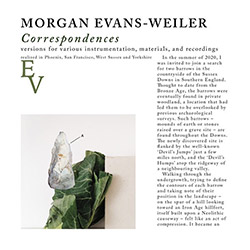
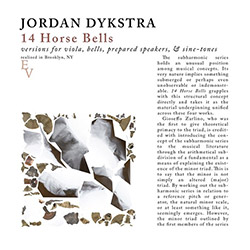
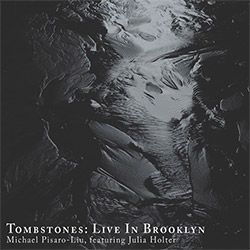
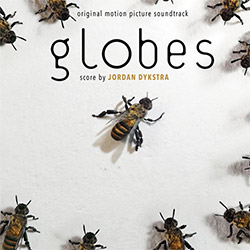

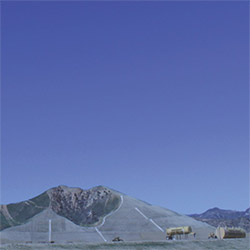


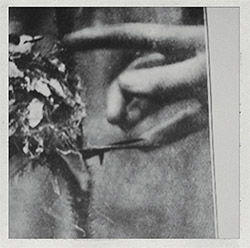

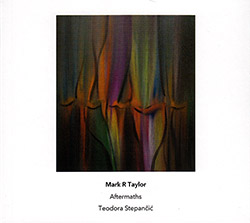
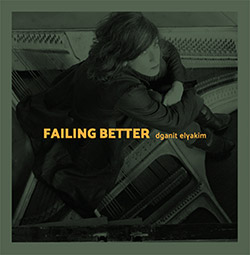


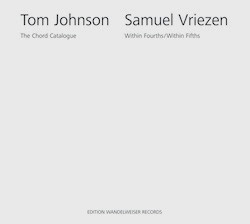

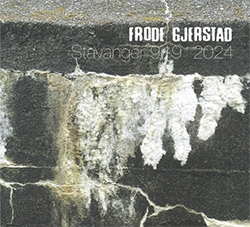
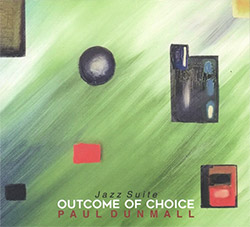
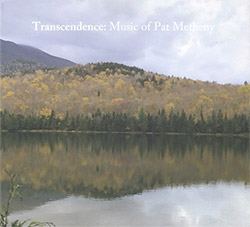
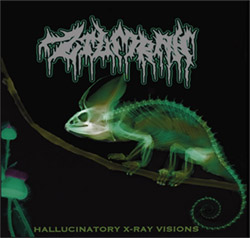
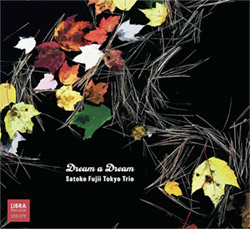
![Ackerley / Prymek / Turner: All Hope With Sleeping Minds [CASSETTE]](https://www.teuthida.com/productImages/misc4/35950.jpg)
![Myers, David Lee : Tin Drop Tear [BOOK w/ DOWNLOAD]](https://www.teuthida.com/productImages/misc4/36030.jpg)

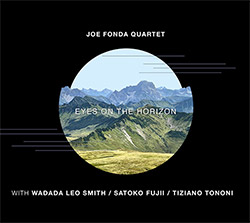
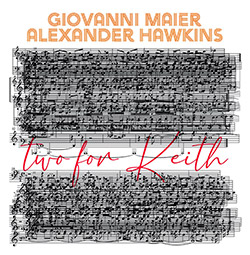
![Schindler, Udo / Sandy Ewen / Damon Smith: Munich Sound Studies Vols. 4, 5 & 6 [3 CDs]](https://www.teuthida.com/productImages/misc4/35966.jpg)
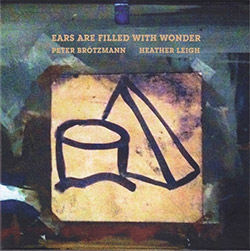


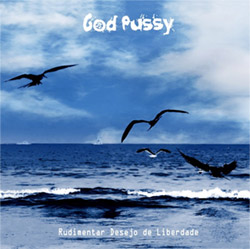


![Turbulence Orchestra & Sub-Units: Smear Out the Difficulties (Double Live) [2 CDs]](https://www.teuthida.com/productImages/misc4/36048.jpg)
![Perelman, Ivo / Tyshawn Sorey: Paralell Aesthetics [2 CDs]](https://www.teuthida.com/productImages/misc4/35871.jpg)
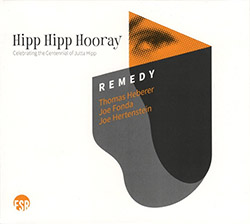

![Sjostrom, Harri: SoundScapes #4 Festival Berlin 2023 [3 CDs]](https://www.teuthida.com/productImages/misc4/35874.jpg)
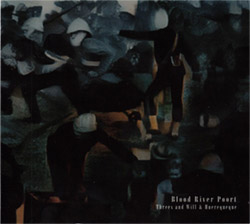
![Musicworks Magazine: #150 Winter 2024/25 [MAGAZINE + CD]](https://www.teuthida.com/productImages/misc4/36035.jpg)
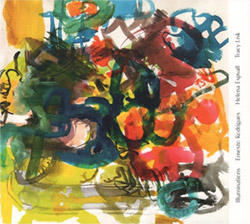

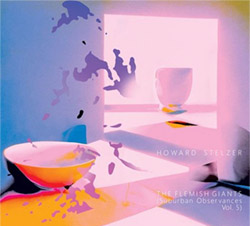


![Glenn, Jordan: Flustered [CASSETTE]](https://www.teuthida.com/productImages/misc4/35948.jpg)


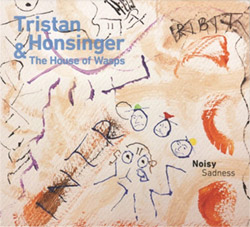
![Lindorff-Ellery, Evan: Church Recordings from Monhegan [CASSETTE]](https://www.teuthida.com/productImages/misc4/35949.jpg)
![Schindler, Udo / Werner Dafeldecker / Gunnar Geisse: Travelling Sound Images - Cognitive Transfers [Trio]](https://www.teuthida.com/productImages/misc4/35767.jpg)
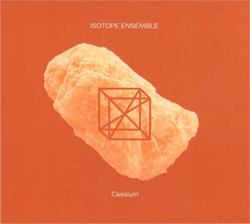
![Egberth, Dennis: The Dennis Egberth Dynasty [VINYL]](https://www.teuthida.com/productImages/misc4/35549.jpg)


![Schindler, Udo / Rieko Okuda / Eric Zwang Eriksson: Disturbed Terrains [2 CDs]](https://www.teuthida.com/productImages/misc4/35330.jpg)
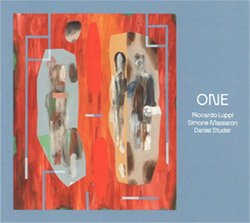
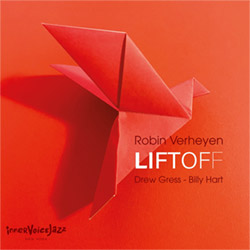
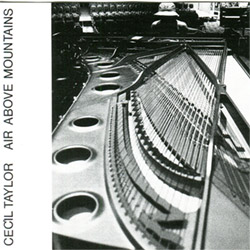


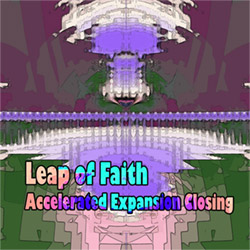
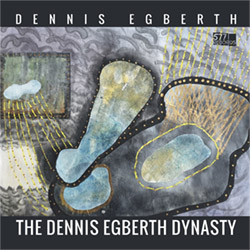
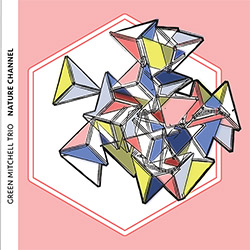

![Wolf Eyes / Anthony Braxton: Live At Pioneer Works, 26 October 2023 [VINYL]](https://www.teuthida.com/productImages/misc4/35839.jpg)
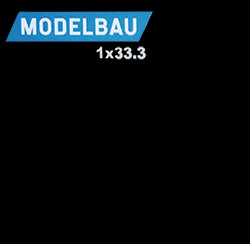
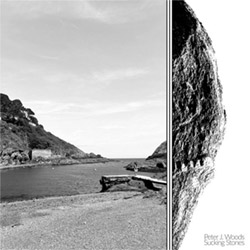
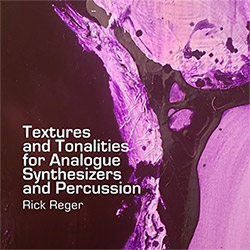

![Olencki, Weston : Pearls Ground Down To Powder [VINYL]](https://www.teuthida.com/productImages/misc4/35956.jpg)
![Myers, David Lee: Oculus [2CDs]](https://www.teuthida.com/productImages/misc4/35857.jpg)


![dustsceawung: dustsceawung [CASSETTE w/ Download]](https://www.teuthida.com/productImages/misc4/35753.jpg)
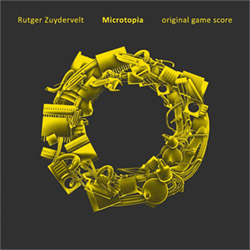



![Halls of the Machine: Atmospheres For Lovers And Sleepers [CASSETTE w/ DOWNLOAD]](https://www.teuthida.com/productImages/misc4/35806.jpg)
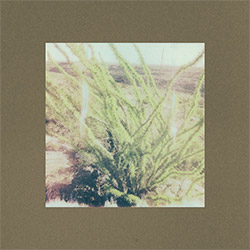
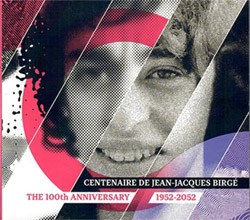
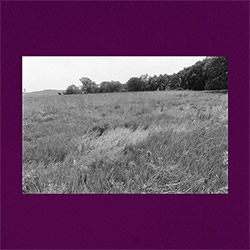
![AHC (Alexander Cooper): Lase [2 CDs]](https://www.teuthida.com/productImages/misc4/35754.jpg)



![Fagaschinski, Kai / Yan Jun : Graveyard Processions [VINYL w/ DOWNLOAD]](https://www.teuthida.com/productImages/misc4/35474.jpg)
![Brant, Cody / Carl Kruger: Smoke Detail [CASSETTE w/ DOWNLOAD]](https://www.teuthida.com/productImages/misc4/35551.jpg)







![Zorn, John / JACK Quartet: The Complete String Quartets [2 CDs]](https://www.teuthida.com/productImages/misc4/35609.jpg)

![Lonsdale, Eden: Dawnings [2 CDs]](https://www.teuthida.com/productImages/misc4/35480.jpg)







![Sanna, Claudio: Compositori Sardi Contemporanei II [2 CDs]](https://www.teuthida.com/productImages/misc4/35317.jpg)







![Zurria, Manuel: Fame di Vento [3 CDs]](https://www.teuthida.com/productImages/misc4/35167.jpg)

![Granberg, Magnus / Nattens Inbrott / Skogen: Holde Traume, Kehret Wieder! [2 CDs]](https://www.teuthida.com/productImages/misc4/35038.jpg)

![Electric Bird Noise / Derek Roddy: 8-10-22 [CD EP]](https://www.teuthida.com/productImages/misc4/35970.jpg)








![Elephant9 : Mythical River [VINYL]](https://www.teuthida.com/productImages/misc4/34624.jpg)



![Elephant9 with Terje Rypdal: Catching Fire [VINYL 2 LPs]](https://www.teuthida.com/productImages/misc4/35355.jpg)
![Deerlady (Obomsawin, Mali / Magdalena Abrego): Greatest Hits [VINYL]](https://www.teuthida.com/productImages/misc4/34876.jpg)







![Surplus 1980: Illusion of Consistency [CD]](https://www.teuthida.com/productImages/misc4/35069.jpg)
![Staiano, Moe: Away Towards the Light [VINYL + DOWNLOAD]](https://www.teuthida.com/productImages/misc4/35037.jpg)



![Caveira (Gomes / Sousa / Abras / Ferrandini): Ficar Vivo [VINYL]](https://www.teuthida.com/productImages/misc4/34643.jpg)
![Coley, Byron: Dating Tips for Touring Bands [VINYL]](https://www.teuthida.com/productImages/misc4/17906.jpg)

![Lost Kisses: My Life is Sad & Funny [DVD]](https://www.teuthida.com/productImages/misc4/lostKissesDVD.jpg)